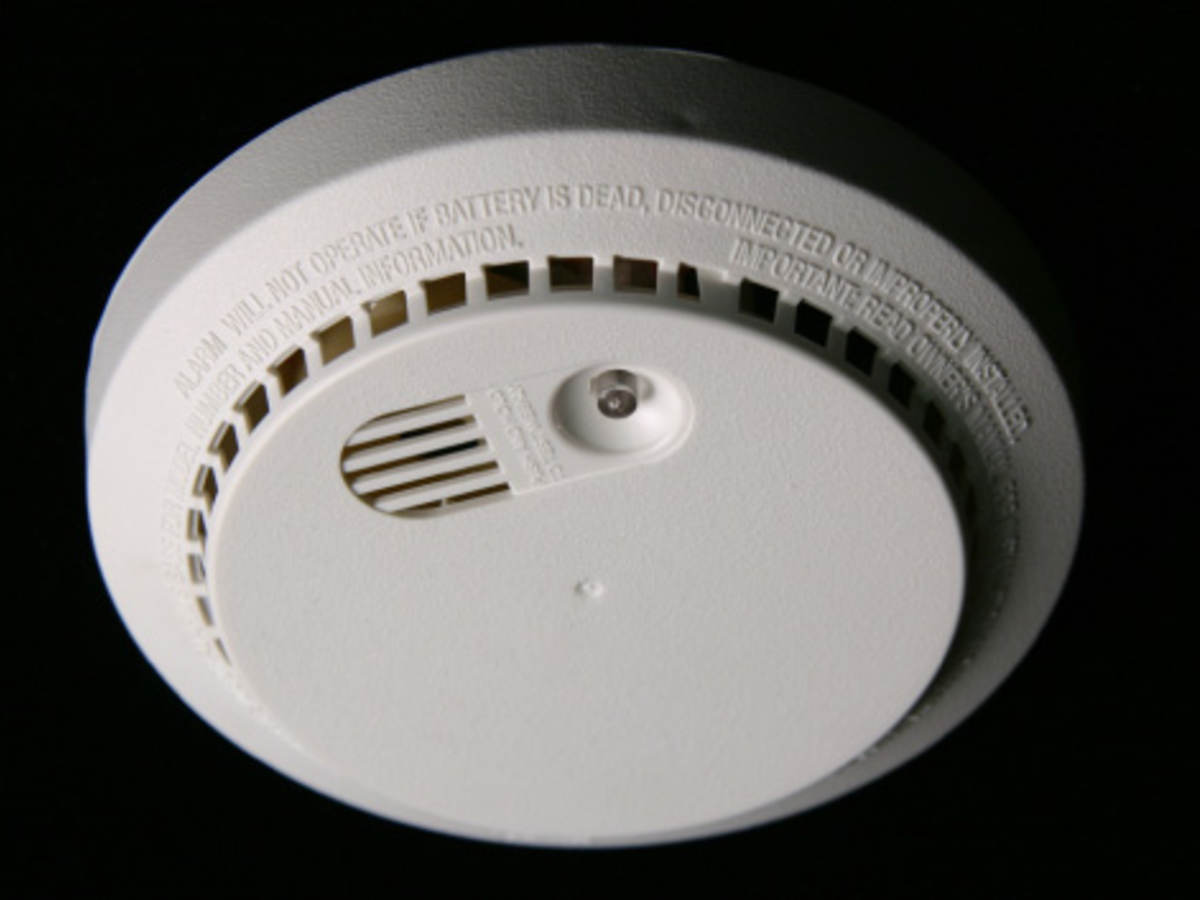Oh… those fall time jobs…
October 15, 2021 1:33 pmIt’s official fall is here and there are some things that need to get done around the home to prevent winter dramas, so why not get ahead of the game…

One of the first places to get started is to get your furnace serviced, this will help prevent you from getting an expensive bill halfway through winter.. A regular checkup for your furnace will prolong its life, prevent carbon monoxide leaks and ensure everything is in working order. This tune-up will also ensure you’re getting maximum efficiency from your unit and not wasting your money.
While we talking about the furnace this could be a good time to changing the furnace filter this will allow you to keep the furnace from clogging, keeps it running more efficiently, and stops it from circulating allergens and other harmful particles. How to choose a furnace filter
Test smoke and carbon monoxide detectors
It’s easy to forget about smoke and carbon monoxide detectors (unless a cooking disaster sets off the alarm—we’ve all been there). Test your smoke detector. How to test a smoke detector?
That’s why as we approach this time of year, it’s important to test these alarms and detectors, as well as replace those that are 10 or more years old, when do you need to have a carbon monoxide detector and or smoke detector. Learn more about carbon monoxide detectors
Run ceiling fans in reverse
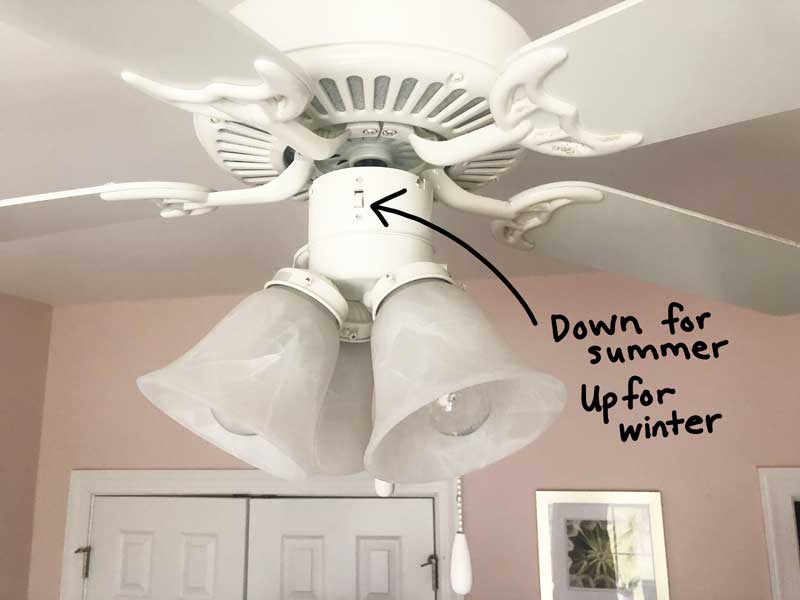
The hot, humid days of summer are officially in the rear-view mirror.
That’s why now is the perfect time to start thinking about reversing the direction of fans in the home to make the space warmer.
Reversing the direction of your ceiling fans helps circulate warm air near the ceiling back into your living space as heat rises, this can have an impact on your heating bills.
Keep the Pipes Warm!
Frozen pipes can burst, which can be a major debacle. They can require complicated fixes and result in serious flood damage if you’re not careful. If you’re going to be gone for an extended period and don’t want a high gas bill, you can turn off the water and drain the water pipes.
It’s easy to forget the outdoor hose spigot, but the water can freeze up and cause problems in your pipes.
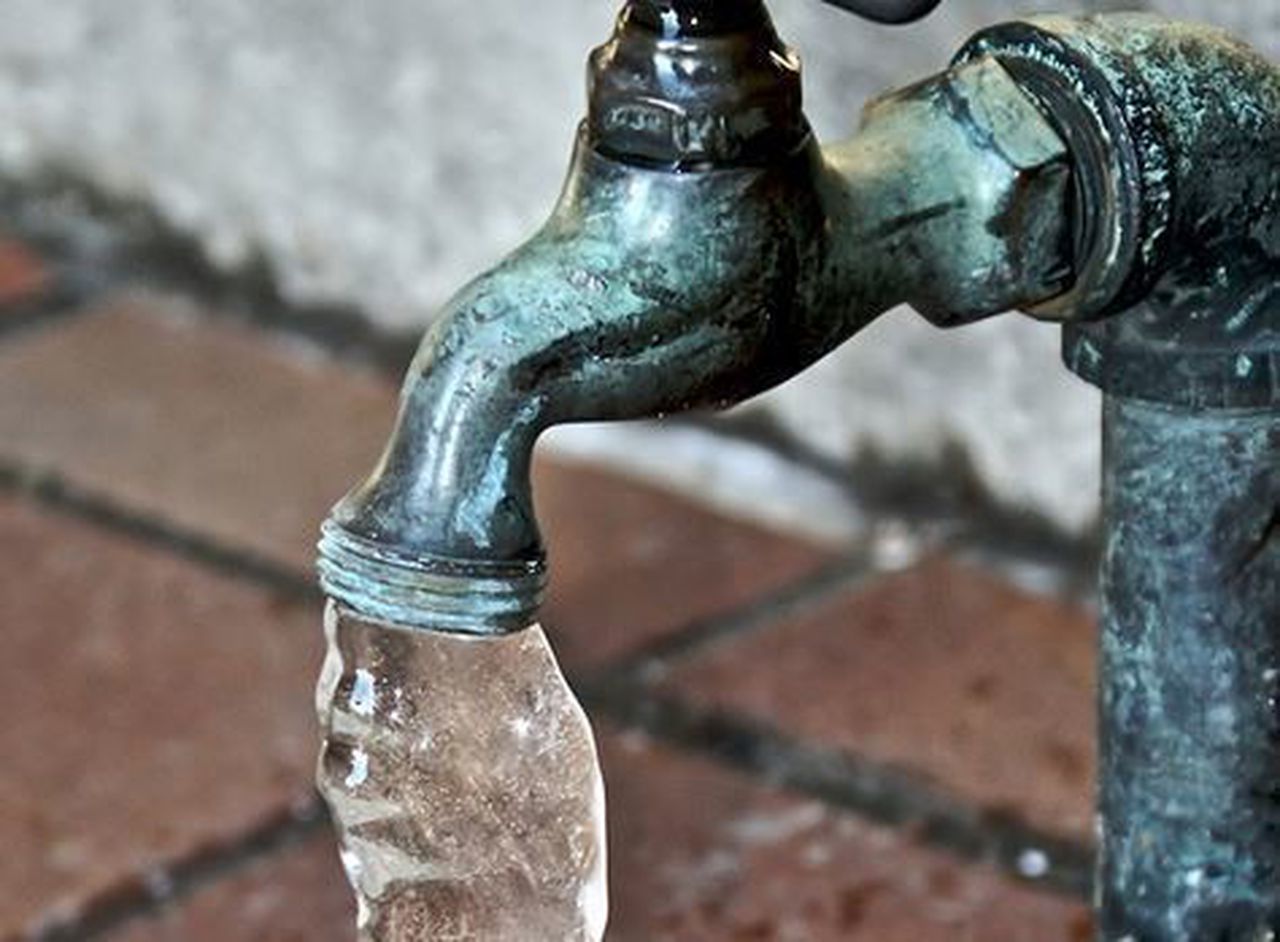
In order to prevent this, you can buy a foam covering that goes over the spigot and creates an air pocket around it. If you’re looking for a more low-tech option, put a towel around the faucet, although it may not seal as well.
If possible, you can also turn off the outdoor faucet’s water supply and drain the remaining water. This will eliminate the need for extra insulation.
As the temperatures start to drop it’s a good time to check windows and doors for air leaks
Lower temperatures mean higher thermostat settings, and we all know the pain of opening a gas bill in the dead of winter.:)
If you have a fireplace it goes without saying you need to clean the chimney, this ↓ isn’t the best way!!!
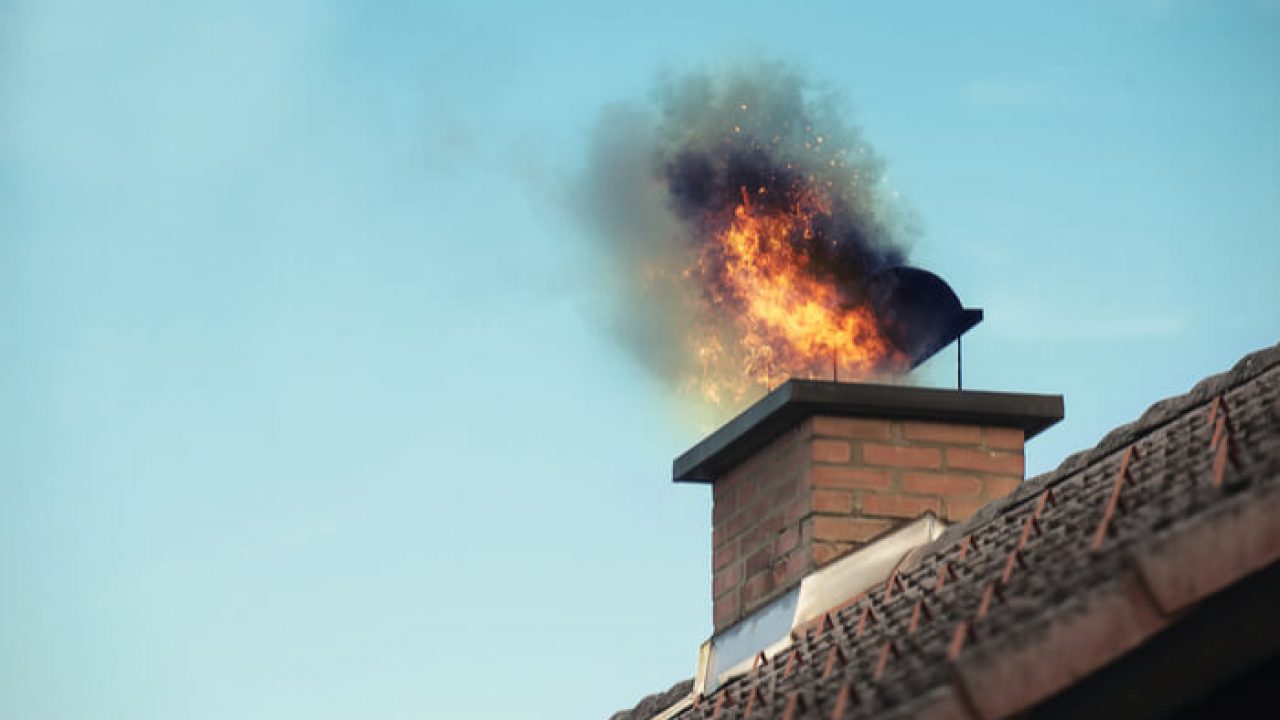
If you have a fireplace, fall is a great time to give it a thorough cleaning and inspection. Maintaining a clean fireplace is the simplest and best way to remove creosote, a byproduct of wood combustion that contains tar and toxins. Eliminating this from the chimney liner and the smokebox reduces the risk of fire.
How often do you need to have your chimney cleaned? It depends on the moisture content of the wood you burn. If you burn mostly green (wet) logs, have your chimney cleaned or inspected every 50 burns. If you see moisture bubbling out the ends of the logs when they’re burning, the wood is wet. This green wood doesn’t burn cleanly and sends a lot of unburned particles (smoke) up the chimney, where they build up as creosote and soot. Dry hardwoods, such as maple and birch, burn hotter and cleaner. With them, have your chimney cleaned or inspected every 70 burns.
Creosote and soot buildup in the chimney flue is dangerous because it can ignite and cause an uncontrollable chimney fire. A quick way to tell if your chimney needs cleaning is to run the point of your fireplace poker along the inside of your chimney liner. If you find a 1/8-in. or more layer of buildup (the thickness of a nickel), call a chimney sweep.
If it’s been a few years since your last chimney cleaning, now’s a good time to schedule one. The cleaning includes an inspection for soot buildup, obstructions, cracks in the chimney liner and signs of water damage. Older chimneys often have gaps between clay liner sections where the mortar has fallen out.
Extreme Temperatures
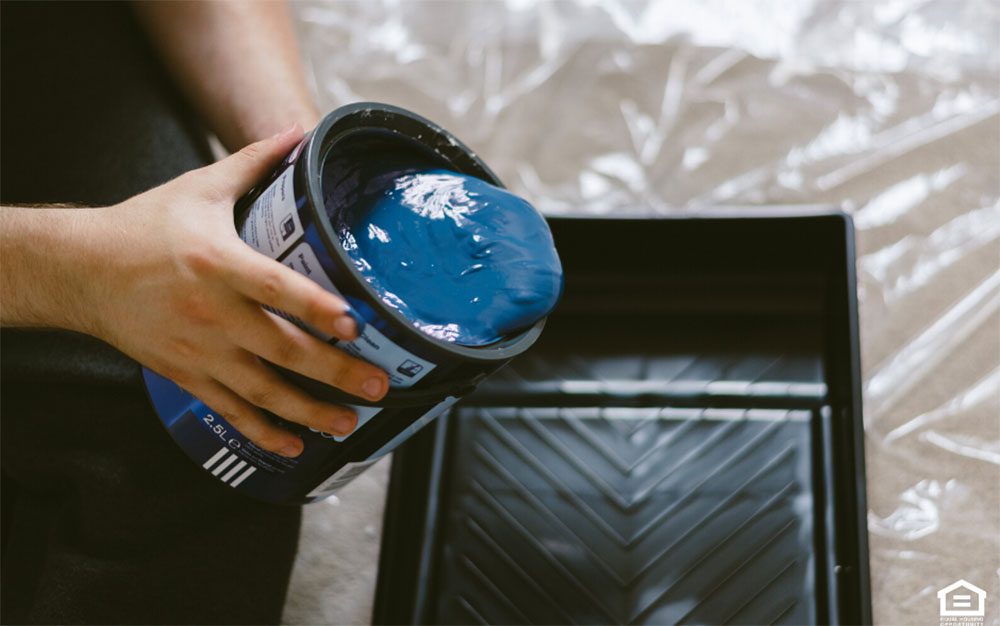
Paint doesn’t handle extreme temperatures very well. So, add this to your fall chore list: Bring the latex/acrylic paint into the house. And while you’re at it, don’t forget the latex caulk. Freezing ruins both latex paint and caulk.
Another temperature-related painting mistake is painting when it’s going to freeze. Paint can’t dry properly in freezing temps. It will only dry partway and will easily come off when touched. At the other end of the thermometer, painting a hot surface is also a bad idea. The paint starts to dry before you can spread it evenly and can bubble and slough off. Plan your painting to avoid direct sun if possible. Or at least try to paint south-facing walls in the morning or evening when the sun is less intense.
Keep Window Wells Clean or Risk a Broken Window and Wet Basement
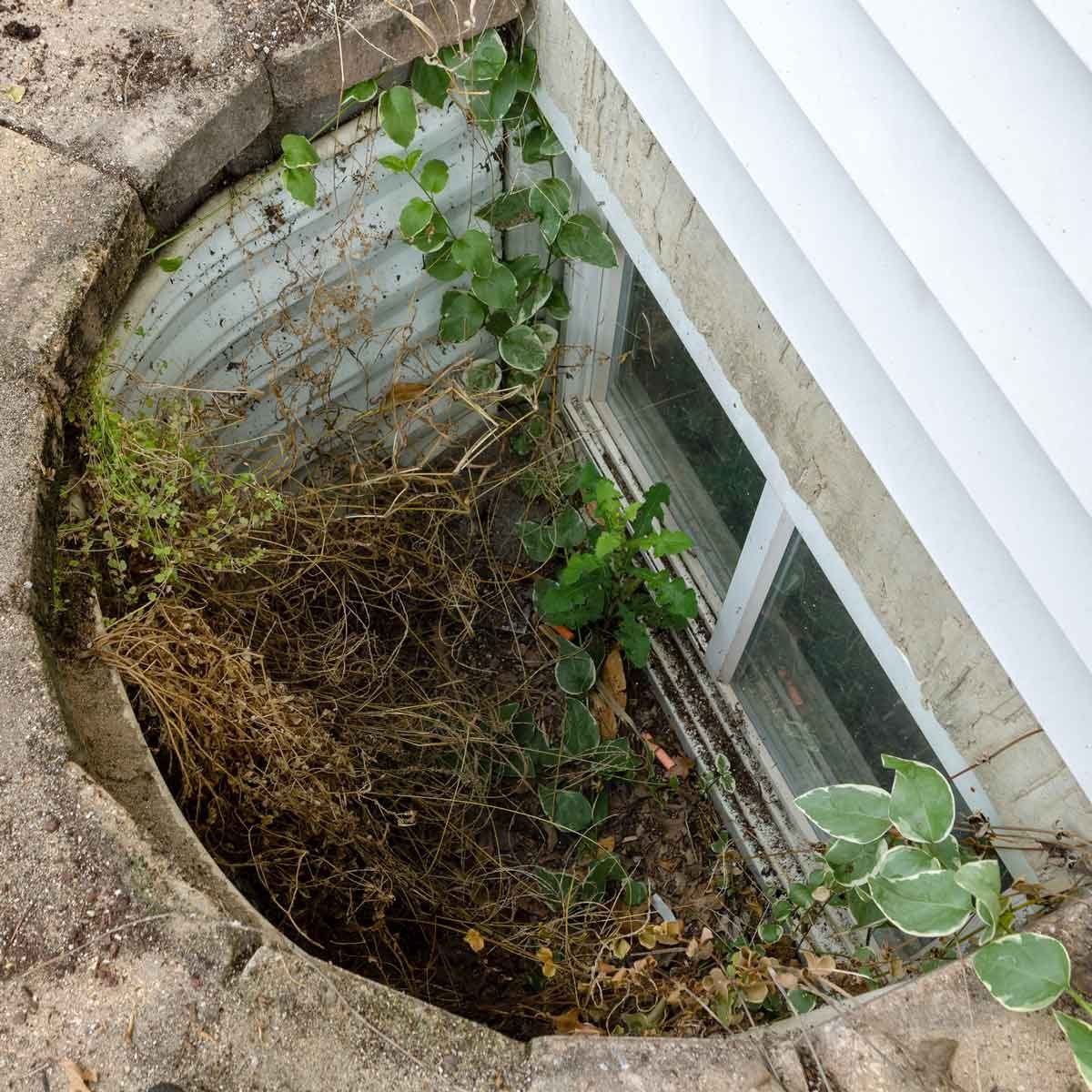
If you’ve never had a problem with water in a window well, you may never think to clean it out, but it will help prevent damp from getting into your basement see our previous blog Keep window wells clean with a cover, available at home centers.
Categorised in: Home Maintenance
This post was written by Team CORE

